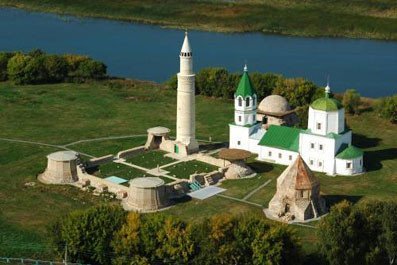 On June 23 Bolgar Historical and Archeological Complex was inscribed on UNESCO World Heritage list. We have discussed the archeological researches preceding this important event with Airat Sitdikov, the Director of the Khalikov Institute of Archeology of the Tatarstan Academy of Science, the Head of the Department of Archeology and Ethnology of the KFU Institute of International Relations, History and Oriental Studies.
On June 23 Bolgar Historical and Archeological Complex was inscribed on UNESCO World Heritage list. We have discussed the archeological researches preceding this important event with Airat Sitdikov, the Director of the Khalikov Institute of Archeology of the Tatarstan Academy of Science, the Head of the Department of Archeology and Ethnology of the KFU Institute of International Relations, History and Oriental Studies.
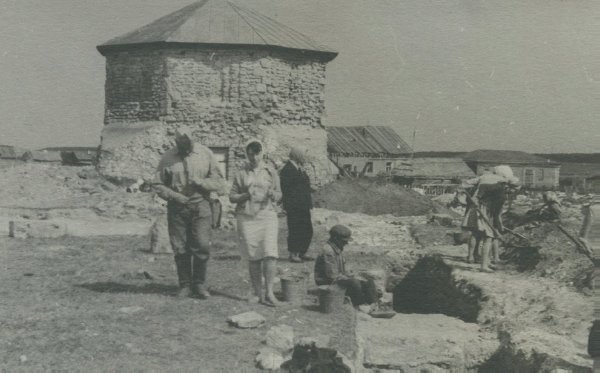 A long history of research
A long history of research
The history of the archeological research of Bolgar goes back 1864. At that time the works were conducted at Babiy Bugor and headed by Vladimir Tizengauzen , the corresponding member of the Emperor St.Petersburg Academy of Science. In 1938 Alexey Smirnov, a prominent Soviet historian and archeologist, inspired a renewed interest to the historical monument. In recent decades the ancient city has been studied by the Bolgar Archeological Expedition, based at the National Centre for Archeological Research of the Mardjani Institute of History of the Tatarstan Academy of Science (Khalikov Institute of Archeology since 2014). Special attention was drawn to the site of the present UNESCO World Heritage list, after Tatarstan Foundation for Revival of Historical and Cultural Monuments had been established.
First of all, the research has been recently aimed to find a solution to a puzzle of Bolgar's history, that is to define the period when the settlement was founded, to study the ways and dynamics of its development and the character of land invasion, to search for the information about the ancient city's culture and everyday life.
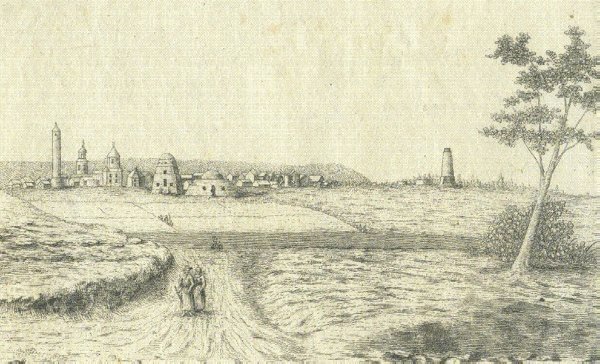 Ancient Bolgar view
Ancient Bolgar view
Archeologists have studied about 50 thousand square metres within the whole period of Bolgar exploring; for the last 5 years, it was mostly the Khan's Palace, the Black and White Chambers, the North and East Mausoleums, the Market and many others.
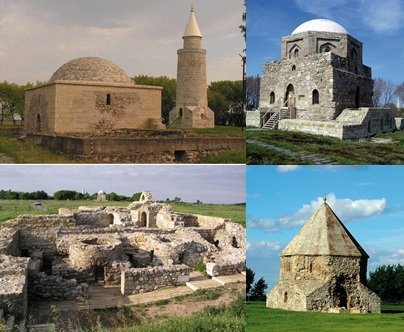 In recent years a significant contribution has been made into the renewal of information about the way and level of how the ancient city existed in 10-15 centuries developed, and the uniqueness of each historical period. There appeared an opportunity to draw up the city structure, the location of streets and buildings, and the built-up density.
In recent years a significant contribution has been made into the renewal of information about the way and level of how the ancient city existed in 10-15 centuries developed, and the uniqueness of each historical period. There appeared an opportunity to draw up the city structure, the location of streets and buildings, and the built-up density.
 The excavation showed how handicrafts, ceramics, metallurgical production, the art of bone-carving and glass making were developed; the manufacture technics for various products were studied.
The excavation showed how handicrafts, ceramics, metallurgical production, the art of bone-carving and glass making were developed; the manufacture technics for various products were studied.
They also managed to reconstruct the everyday life, its dynamics, domination of certain types of cattle breeding and crop farming, and to define the anthropological impact on the world around.
 About 20 treasures found there enabled people to learn about the cataclysms in the city, the dramatic periods when the population tried to preserve their possessions. In total several thousands of coins were found, they gave an idea of money and goods turnover, showed the geography of the ancient Bolgar's contacts demonstrating the position of the city in the world trade system. It was surprisingly wide; Bolgar cooperated with the whole Eurasia. It is also proved by other artifacts, foreign ceramics and jewelry, in particular.
About 20 treasures found there enabled people to learn about the cataclysms in the city, the dramatic periods when the population tried to preserve their possessions. In total several thousands of coins were found, they gave an idea of money and goods turnover, showed the geography of the ancient Bolgar's contacts demonstrating the position of the city in the world trade system. It was surprisingly wide; Bolgar cooperated with the whole Eurasia. It is also proved by other artifacts, foreign ceramics and jewelry, in particular.
About the role of the Kazan University
The works on the territory of Bolgar are carried by a huge group of experts from different organizations, including KFU staff members – archeologists, geoscientists, experts of aerospace decryption. A great job was done by the scientists of the Kazan University in the field of substantial analysis aimed to study the approaches used in different spheres of production.
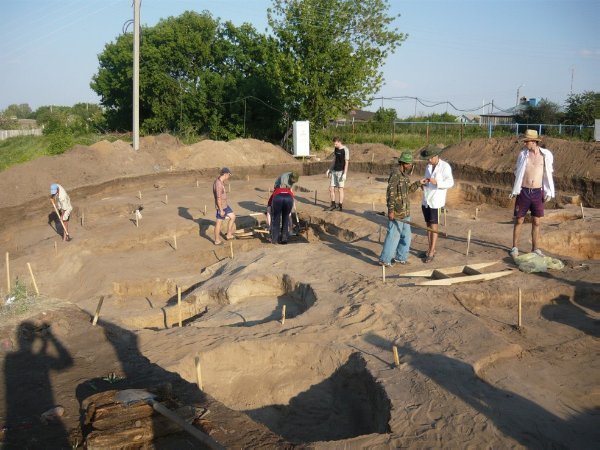 It's worth mentioning that at some point the KFU Institute of International Relations, History and Oriental Studies along with the Tatarstan Academy of Science initiated the renewal of archeological researches in Bolgar. Today this institute houses several scientific and research laboratories focusing on interdisciplinary study of archeological sites, including Bolgar. The research is done in relation to paleoanthropology, paleogenetics, and archeozoology, they used information technology to localize and fix sites and 3D reconstruction. In some cases KFU researchers employ absolutely new approaches. Their results would interest wide audience and might provide a basis for methods used by other experts.
It's worth mentioning that at some point the KFU Institute of International Relations, History and Oriental Studies along with the Tatarstan Academy of Science initiated the renewal of archeological researches in Bolgar. Today this institute houses several scientific and research laboratories focusing on interdisciplinary study of archeological sites, including Bolgar. The research is done in relation to paleoanthropology, paleogenetics, and archeozoology, they used information technology to localize and fix sites and 3D reconstruction. In some cases KFU researchers employ absolutely new approaches. Their results would interest wide audience and might provide a basis for methods used by other experts.
New in the activity of Tatarstan archeologists
Archeologists involved into Bolgar excavation have recently been using natural science methods. This means the improved approaches to soil science, geophysical methods in archeozoology, anthropology, as well as use of remote sensing technique in the sites' research.
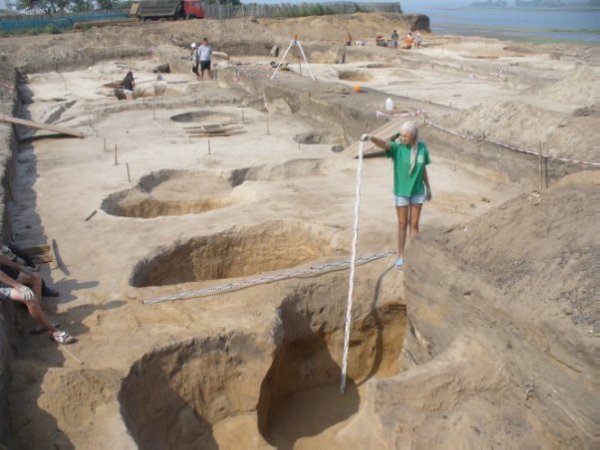 Let us set that to know the past means to increase our opportunities at present, it offers a new challenge. For instance, when we develop technologies to preserve ancient items, we make a basis for inventing more firm modern goods. Whereas studying profoundly the properties of the substances our ancestors used, we get the information useful for the development of new materials.
Let us set that to know the past means to increase our opportunities at present, it offers a new challenge. For instance, when we develop technologies to preserve ancient items, we make a basis for inventing more firm modern goods. Whereas studying profoundly the properties of the substances our ancestors used, we get the information useful for the development of new materials.
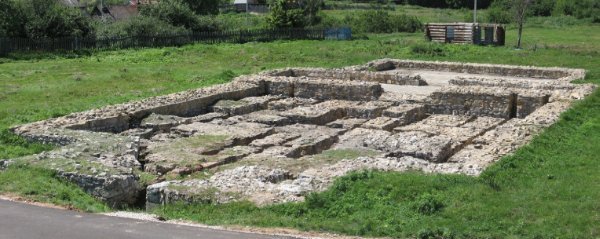 Today the data received during the research is being systemized. And in a short period of time a new book devoted to the history of Bolgar site will appear. The researches will not stop, however. A lot of new astonishing discoveries and important breakthroughs are ahead.
Today the data received during the research is being systemized. And in a short period of time a new book devoted to the history of Bolgar site will appear. The researches will not stop, however. A lot of new astonishing discoveries and important breakthroughs are ahead.